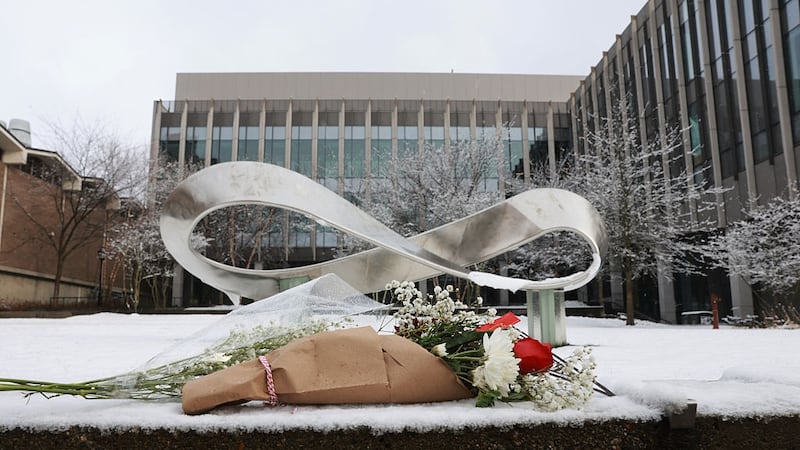FLORIDA — BACKGROUND: The head, face, and neck make up only 12% of the total body surface area exposed during combat. During WWII, the Korean War, and the Vietnam War, head, face, and neck injuries caused more than 40% of deaths for the US military. (Source: The Journal of Trauma) Data shows that 2,542 service men and women suffered traumatic burns and 142 have lost at least one eye and five people lost both eyes in combat. Because of the proximity to the nose, ears, eyes, and nasal passages, facial burns can cause serious pulmonary and visual complications. For individuals whose scar tissue extends to the neck, special precautions have to be taken to prevent contractures that could result in an impairment of swallowing and breathing. Scar tissue is formed following a burn injury by connective tissue that replaces normal soft tissue. Management of it can be done through massage, topical silicone therapy, therapeutic exercises, orthotic intervention, and other methods. (Source: www.hanger.com) For burn patients who may have a facial injury, facial prosthetics can be created for any missing facial feature or anatomical structure including: nasal (nose), ocular and orbital (eye and eyelids), and auricular (ear).
BENEFITS AND LIMITATIONS: There are more advantages to facial prostheses than just improving appearance. Prostheses can improve function by closing open defects, supporting eyeglasses or hearing devices, and protecting sensitive tissue. Studies have actually proved that prosthetic restoration of the external ear may provide acoustic improvement. On the other hand, prosthetics are an artificial substitute for living tissue. It does not grow, tan, or age. It has to be removed daily for cleaning. Facial prostheses have to be replaced periodically to maintain hygiene and aesthetics of the prosthesis and the underlying tissue. (Source: www.medicalartresources.com)
HISTORY OF PAINTING FACIAL PROSTHESES: The basic process for create a facial prostheses is creating a casting of the affected area, sculpting a custom prostheses out of wax, creating a mold of the sculpted form, casting the final prosthesis in silicone, and externally painting it to match a patient's skin tones. (Source: www.hopskinsmedicine.org) During WWI, an artist named Francis Derwent Wood was assigned to wash dishes in a London hospital. He noticed the mutilated faces of British soldiers. As a result, he developed a technique of packing facial wounds with cotton wool, creating a plaster mask that fitted the soldier's skin, and then built a clay model of a healed face. Wood took the cast of the clay model and used an electrotyping process with a thin layer of silver deposited on it. So, Wood had a lightweight metal mask and painted a face on it. An English art critic, Lewis Hind, was impressed with Wood's work and began searching for artists to produce lifelike prosthetic masks for French soldiers. He found Anna Ladd, an American artist. Eventually French soldiers sustained more than 600,000 permanent disabilities during the war, many caused by facial injuries. In 1917, Ladd opened her own mask studio in Paris. She improved Wood's technique by using pictures of the soldier taken before the injury, or working from a verbal description. She would sculpt a duplication of the man's face. Then she made a mask of natural latex collected from evergreen trees and hung it in a copper bath infused with an electric current. She would then pain with an enamel concoction of her own invention to match the soldier's skin tone. "If the wounded man was blind, the mask would be equipped with artificial eyes. Eyelashes, eyebrows, and even mustaches were affixed in the masks. They were light and durable. The masks will last a lifetime," Ladd told a reporter years later. (Source: www.thehistorychannelclub.com)
For further information about Mario Lopez's Artwork visit: http://www.paintingsbymariolopez.com/
For further information about Operation Mend visit: http://operationmend.ucla.edu/
WFTV




